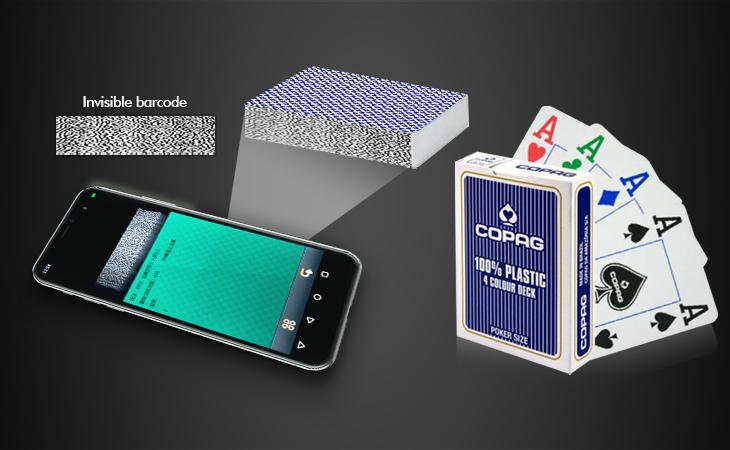
In the competitive world of poker, staying ahead of the game requires more than just skill and strategy. Technological advancements have provided players with tools that offer significant advantages. Among these, the CVK 500 device stands out as a leading innovation in the field, thanks to its sophisticated scanning and data analysis capabilities. This article delves into the technology behind the CVK 500 device and illustrates its benefits through a successful example.
Advanced Scanning Capabilities of the CVK 500 Device
Precision and Efficiency
The CVK 500 device employs cutting-edge scanning technology designed to read playing cards marked with invisible inks. These markings, invisible to the naked eye, can be quickly and accurately detected by the device's advanced optical sensors. This ensures that players receive critical information without any noticeable delay, which is crucial during fast-paced poker games.
Integration with Invisible Barcoded Decks
One of the standout features of the CVK 500 device is its ability to work seamlessly with invisible barcoded decks. These decks are marked with barcodes that are undetectable under normal lighting conditions but can be easily read by the device. The CVK 500's ability to scan and interpret these barcodes in real-time provides players with an unprecedented level of insight into the game, allowing for more informed and strategic decision-making.
Real-Time Data Analysis
Immediate Insights
Beyond scanning, the CVK 500 device excels in data analysis. It processes the scanned information instantly, delivering actionable insights to the player. This real-time analysis is a game-changer, as it enables players to adapt their strategies based on the current state of play. For example, knowing the composition of the deck and the likely hands of opponents allows for more precise betting and bluffing tactics.
User-Friendly Interface
The CVK 500 device features an intuitive and user-friendly interface, making it accessible even to those who may not be tech-savvy. The device's design ensures that it can be operated discreetly, minimizing the risk of detection. This combination of advanced technology and practical usability underscores the device's appeal to professional poker players.
A Successful Example: Gaining the Competitive Edge
The High-Stakes Tournament
Imagine a professional poker player participating in a high-stakes tournament. The competition is fierce, and every decision could mean the difference between winning and losing. Equipped with the CVK 500 device, the player is able to scan the playing cards marked with invisible inks and interpret the data using the device's real-time analysis feature.
Strategic Advantage
During a critical hand, the player uses the CVK 500 device to gain insights into the opponents' cards. The device reads the invisible barcoded decks effortlessly, providing the player with crucial information about the opponents' potential hands. Armed with this knowledge, the player adjusts their strategy, placing calculated bets and executing bluffs with precision. The result? A significant competitive edge that leads to a substantial win, highlighting the tangible benefits of the CVK 500 device in real-world scenarios.
Conclusion
The CVK 500 device represents a pinnacle of innovation in poker technology, combining advanced scanning capabilities with sophisticated data analysis. Its ability to read playing cards marked with invisible inks and interpret invisible barcoded decks in real-time provides players with a significant strategic advantage. As demonstrated in high-stakes environments, the CVK 500 device can be the key to unlocking success in competitive poker. As technology continues to evolve, devices like the CVK 500 will undoubtedly play an increasingly important role in the game, offering players new ways to enhance their performance and achieve their goals.
For more information about CVK 500, please refer to:CVK 500: Technology and Innovation


